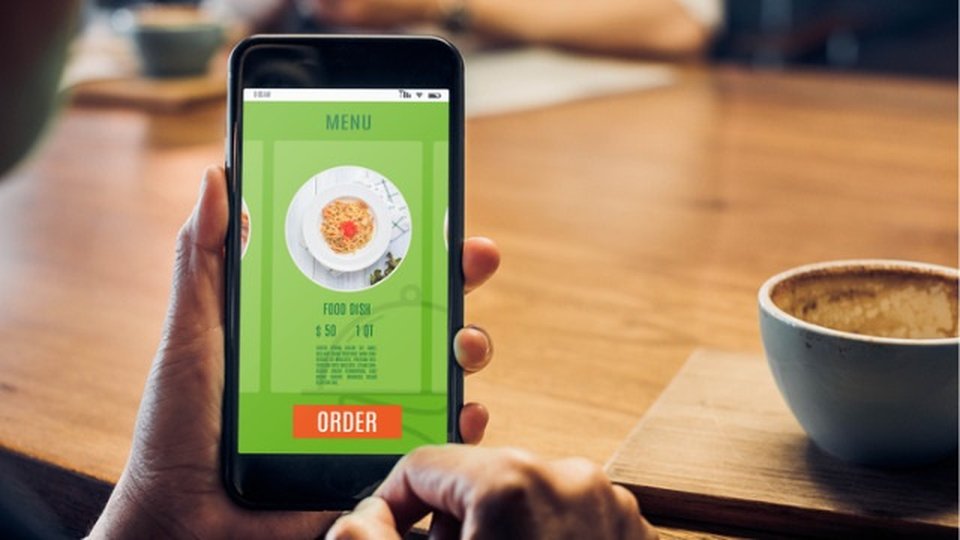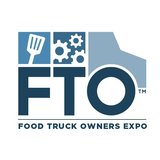Independent Operators
Everything food truck operators need to know about online ordering
Online ordering is a crucial business channel in light of the ongoing COVID-19 pandemic as food trucks are venturing out to neighborhoods to do business and customers want to order ahead and pickup.

May 25, 2020 by Richard Traylor — Writer, WebstaurantStore
With an increasing amount of customers wanting delivery and takeout due to the coronavirus pandemic, online food ordering has become one of the main ways customers place orders. Customers are dining in less due to the COVID-19 restrictions, which means online ordering is a way that your food truck can provide for your customers' needs.
Should your food truck be accepting online orders?
Yes, any food truckshould, at minimum, have the option to accept customer online orders. The food truck industry has seen major technological advances in the last 10 years, which makes it easier for truck owners to develop their online ordering system and in-house ordering process.
Online ordering platforms for your food truck
Creating a food truck online ordering platform is a lot easier than you might think. There are multiple ways you can set up an online ordering service. Thanks to food delivery apps and website forms, online ordering has gotten a lot easier.
Offer a form on your website
This is one of the easiest and most common options a food truck can offer on their website for online ordering. When utilizing this platform, it's important to understand how your customers want to navigate your site. Some customers looking at your website might be planning on dining later and want to look at your menu ahead of time, so it's necessary to differentiate the following for online users in your website navigation:
• Create a page that designates your in-house food menu.
• Create another page that provides your takeout and delivery menu.
• Provide a secure form that allows customers to select what food they want, make special order requests, and submit payment information.
Benefits of a food truck website
• Allows you to update your menu in real time. If you run out of something, you can take it off of your delivery and takeout menu and avoid disappointing any customers.
• You can inform online users of any important company messages and update store hours and information if you unexpectedly close.
• Gives customers the capability to purchase e-gift cards.
Ordering app
Made for smartphones, food apps have gained popularity among big chain food trucks to help make any customer's takeout ordering process easier and appease the trend of mobile ordering.
Benefits of food ordering apps
• Cuts down lines for in-house customers.
• Provides shorter wait times for online customers.
• Helps staff prioritize food orders.
• Alleviates traffic in drive-thru lines.
Third party online ordering
Food ordering apps like Grubhub, Postmates, Uber Eats, and DoorDash have made it easier for customers to order food directly from a mobile device. If you are curious about creating a food delivery service, third party food delivery will help you get your toes wet.
Benefits of third party food orders
• Additional delivery revenue.
• Third party delivery services provide the delivery drivers, saving you time on training and money on additional resources.
• Makes online ordering and delivery a much smoother process.
How to prepare for online and takeout orders
Once you've chosen which online ordering platform you would like to offer to customers, it's time to gather the proper takeout containers, boxes, and bags and train employees. Consider following protocol for no contact delivery as you train your staff to fulfill online and takeout orders. Here's a list of some of the things you will want to consider purchasing to fulfill online orders.
• Takeout containers.
• Pizza boxes.
• Single use utensils.
• Napkins.
• Disposable cups.
• Lids.
• Coffee sleeves.
• Food bags.
• Drink holders.
While the nation quarantines to ward off the coronavirus, now is the time to adapt and offer online ordering for your food truck. Use this information to evaluate which ordering platform is best for your business and how you can better serve your customers.
About Richard Traylor
Richard Traylor graduated from Temple University in the winter of 2014 with a degree in Strategic Communications. After graduating, he taught English in South Korea for two years, during which he was fortunate enough to travel and see the world. In October 2016, he returned home and started to work in SEO Content at Webstaurant Store. This blog previously ran on Webstaurant Store.







